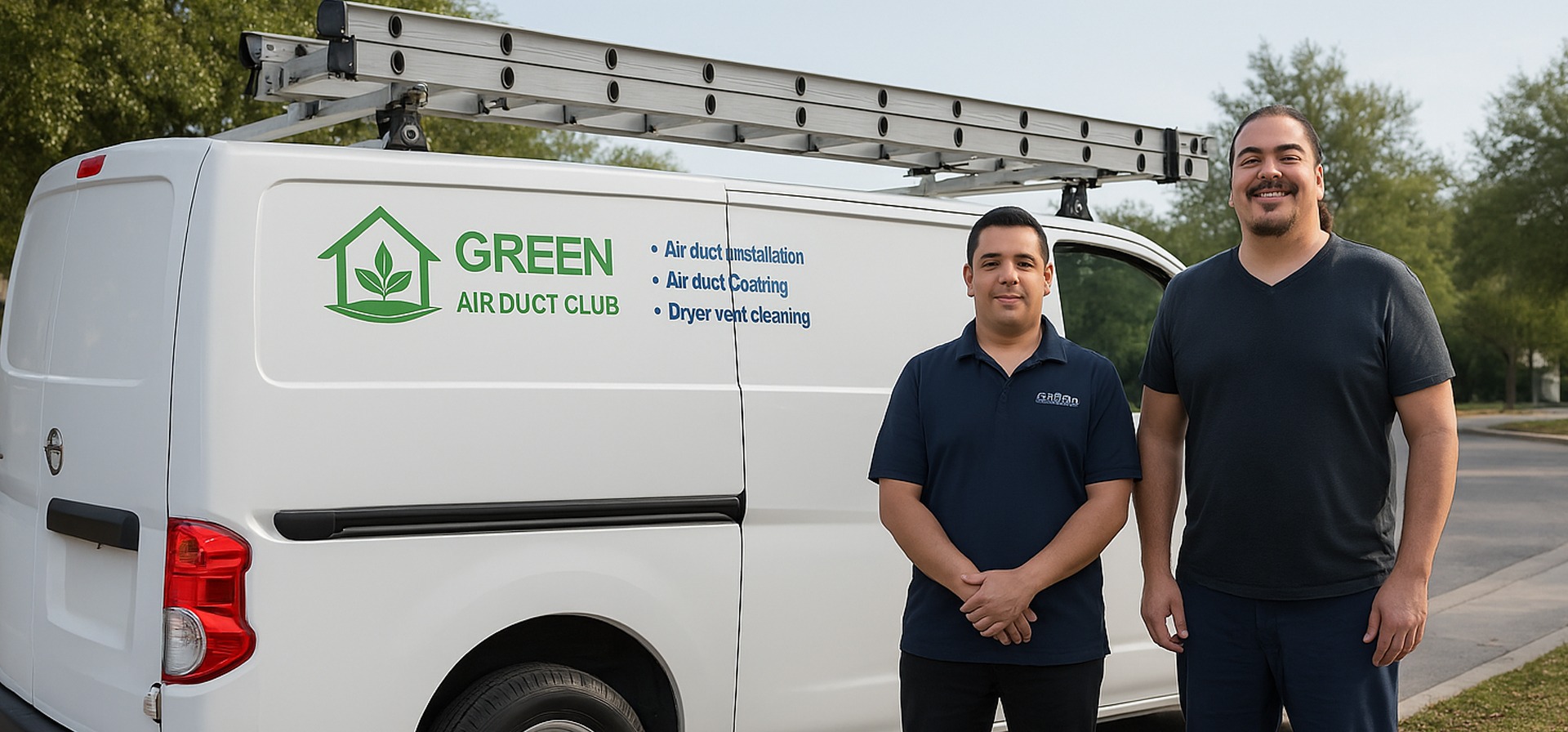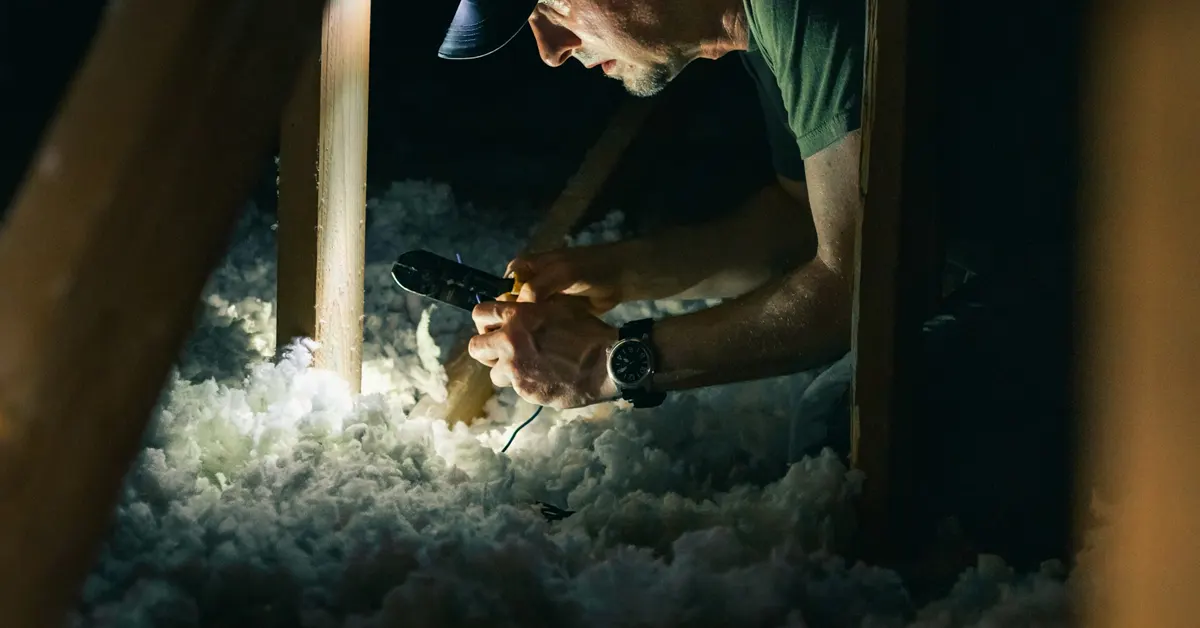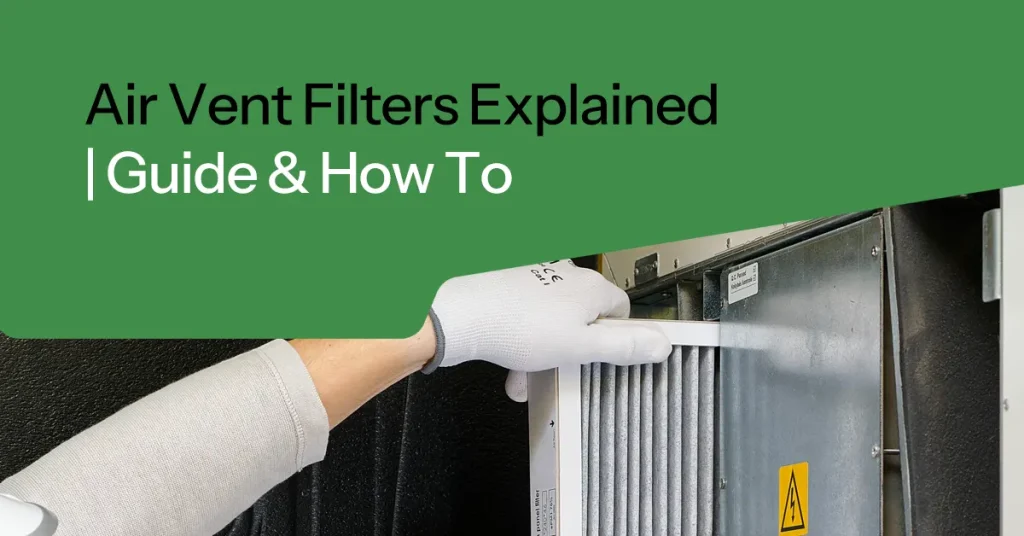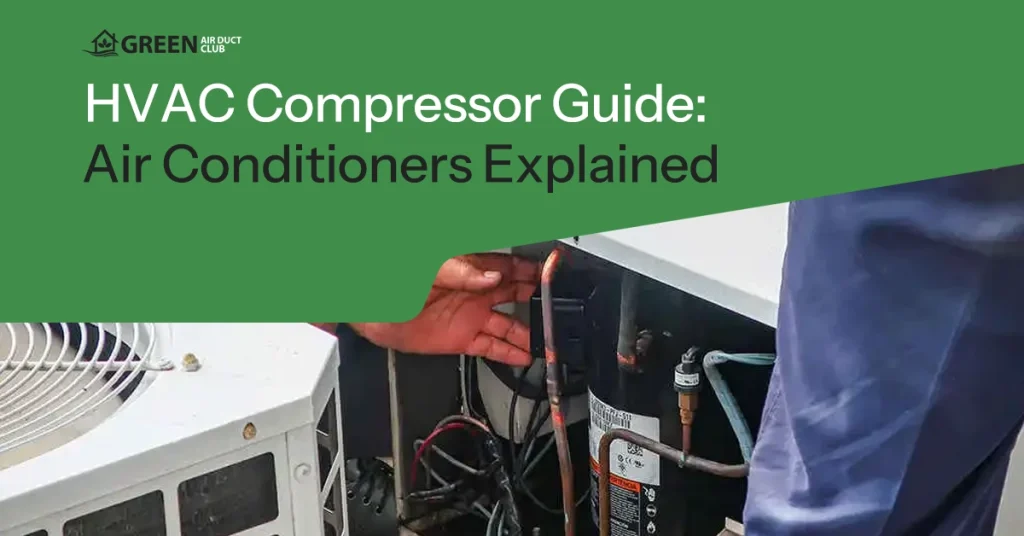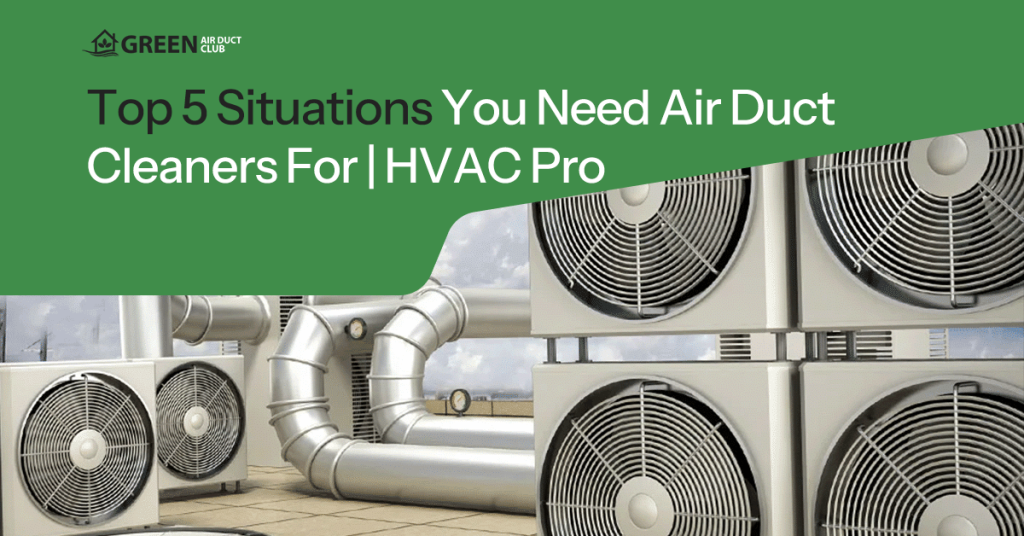Unconditioned Attic: Vent vs. Unvented, or Conditioned?
Understanding Unconditioned Attic Spaces and Their Challenges
Let’s start with the basics. That space above your ceiling that’s not heated or cooled is what we call an unconditioned attic. These unconditioned attic spaces can get super hot in summer (up to 150°F!) and freezing cold in winter. This creates problems for your home’s overall comfort and energy bills.
The biggest issue with an unconditioned attic? Heat transfer. In summer, that hot roof heats up your ceiling, making your AC work overtime. In winter, warm air from your living space rises and escapes through the roof, forcing your heater to run more often. Plus, moisture from your home can move into this unconditioned attic space and cause mold or rot if not handled correctly.
Ducts in an Unconditioned Attic: HVAC Efficiency Challenges
Many homes have heating and cooling ducts running through these spaces. This creates a real efficiency problem! When your ducts pass through an unconditioned attic, they can lose 25-40% of their heating or cooling energy before the air even reaches your rooms.
The temperature difference between the inside of the ducts and the surrounding unconditioned attic causes this energy loss. Plus, leaky ducts in these areas are even worse – they might pull in dusty, moldy, or even pest-contaminated air. This hurts your system’s efficiency and can impact your indoor air quality too.
Vented Attic Systems: Traditional Design Benefits
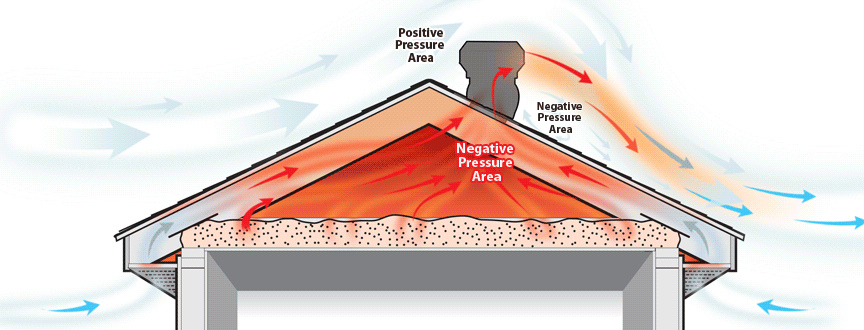
The classic approach for an unconditioned attic has always been the vented design. This system uses soffit vents at the eaves and ridge vents at the peak to create natural airflow. Cool air enters through the bottom vents and exits through the top, creating a constant flow.
The main benefits of this setup include:
- Lower summer cooling costs
- Reduced moisture buildup in winter
- Extended roof life by keeping shingles cooler
- Lower installation costs compared to other options
- Works well in most climate zones without major modifications
This traditional design has worked well for decades in most homes. It helps prevent ice dams in cold climates and reduces cooling costs in warmer regions. The main downside? An unconditioned attic with ventilation isn’t ideal when you have HVAC equipment or ducts in the space.
Unvented Roof Assemblies: Modern Approach
A newer trend in construction is the unvented roof assembly for your unconditioned attic. This approach seals off all roof vents and creates an airtight barrier. Instead of ventilation, it relies on proper insulation to control temperature and moisture.
The unvented approach works best when you need to place HVAC equipment or ducts in the overhead space. By sealing everything up, you create a buffer zone that’s much closer to your living area temperatures. This greatly improves energy efficiency and prevents many moisture problems in the unconditioned attic.
Closed-Cell Spray Foam for Unvented Attic Systems
The secret weapon for unvented systems is closed-cell spray foam insulation. This modern material creates both an air barrier and vapor barrier in one application. It’s sprayed directly onto the underside of your roof deck in the unconditioned attic.
Closed-cell foam has a much higher R-value per inch than traditional insulation, meaning you get better performance in less space. It completely seals the roof deck, preventing air leakage and moisture movement. The downside? It costs more upfront than traditional insulation methods but saves money over time through energy efficiency.
Converting to a Conditioned Attic: Air Quality Benefits
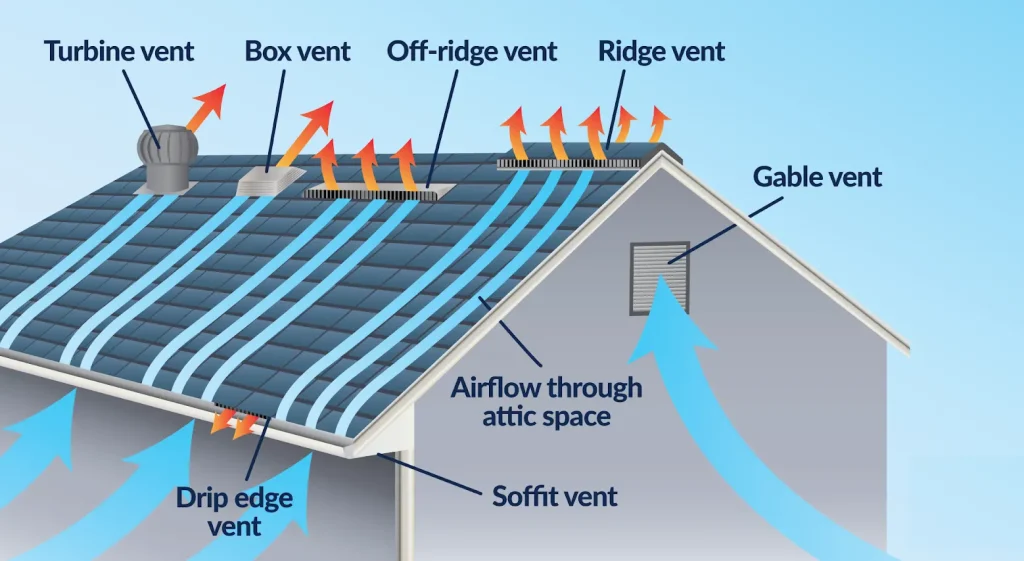
Taking things a step further, you might consider fully conditioning this overhead space. This means bringing your unconditioned attic into your home’s heated and cooled area by insulating the roof line instead of the floor and adding supply and return vents from your HVAC system.
Conditioning delivers major benefits for indoor comfort and air quality. Your HVAC system now operates in a semi-conditioned space, drastically improving efficiency. The temperature throughout your home becomes more consistent, eliminating cold or hot spots. Plus, you might gain valuable storage or even living space that was previously too hot or cold to use comfortably.
Climate Considerations for Attic Ventilation
Your local weather plays a huge role in which option works best for your unconditioned attic. In hot, humid climates like Florida, unvented designs often perform better since they keep humid outside air from entering the space and condensing. In cold northern regions, traditional vented systems help prevent ice dams.
Mixed climates present the biggest challenge. Here, the best approach often depends on other factors like your roof design, existing insulation, and whether you have HVAC equipment in the space. In these regions, consulting with a local energy expert is worth every penny before making changes.
Making the Right Choice for Your Unconditioned Attic: Final Recommendations
So what’s the best option for your home? It really depends on your specific situation. If your house is older with working ventilation and no ducts in the overhead area, a vented system might still be your best bet. Just make sure the floor is properly air-sealed and insulated.
If you have HVAC equipment or ducts in the space, or if you want to use the area for storage or living space, converting to an unvented design or fully conditioning the area makes more sense. Yes, these options cost more upfront, but they typically pay for themselves through energy savings and increased comfort.
Remember that any major changes to your roof ventilation system should be done as a complete system, not piecemeal. Mixing approaches can create more problems than they solve. When in doubt, consult with a building science expert who understands your local climate challenges.
Trustindex verifies that the original source of the review is Google. Ori & his assistant took before and after videos and thoroughly explained what needed to be cleaned. Did a great job—house vents smell clean now that bacteria has been removed!Posted onTrustindex verifies that the original source of the review is Google. Great efficient service!Posted onTrustindex verifies that the original source of the review is Google. Ori and his team did a great job identifying bacteria and cleaning it for me, as well as providing a solution to help with prevention. I appreciate him and his team!Posted onTrustindex verifies that the original source of the review is Google. Thank you Green Air Duct Club. You where on time and very through. Oren presented me with before and after photos that where a great help understanding what needed to be done. Thank you for great service and price. We are very Happy!Posted onTrustindex verifies that the original source of the review is Google. I was very impressed with the clarity and efficiency of the cleaning process; the professionals explained every detail and executed the work with great precision, leaving my home completely worry free.Posted onTrustindex verifies that the original source of the review is Google. I appreciated the transparent, clear communication from the team, who meticulously cleaned every vent and provided updates that made the entire air duct cleaning process completely worry free.Posted onTrustindex verifies that the original source of the review is Google. AhabahabbaPosted onTrustindex verifies that the original source of the review is Google. Green Air Duct did a wonderful job - cleaning and disinfect our air ducts and A/C unit. Ori was honest and up front about what we needed - and didn’t need. We had them look at the insulation in the attic as well, and despite aging and based on our electrical bill, explained that it was probably not necessary. Attached are before and after of inside of duct box.Verified by TrustindexTrustindex verified badge is the Universal Symbol of Trust. Only the greatest companies can get the verified badge who has a review score above 4.5, based on customer reviews over the past 12 months. Read more
FAQ
Will changing my attic ventilation affect my roof warranty?
It might. Many shingle manufacturers require proper ventilation for warranty coverage. Before making any changes, check your warranty requirements. If you’re switching to an unvented design, you’ll need documentation that it was done correctly according to building codes to maintain coverage.
How much energy can I save by conditioning my attic space?
The savings vary widely based on your climate and current setup. Homes with ducts in the space typically see 15-30% reductions in heating and cooling costs after proper conditioning. The hotter your climate or the more extreme your winters, the greater your potential savings.
Can I convert from vented to unvented myself, or do I need a professional?
This is definitely a pro job. Changing ventilation strategies involves complex building science principles. Improper conversion can lead to condensation, mold, rot, and even structural damage. Always hire contractors with specific experience in the ventilation system you’re installing

